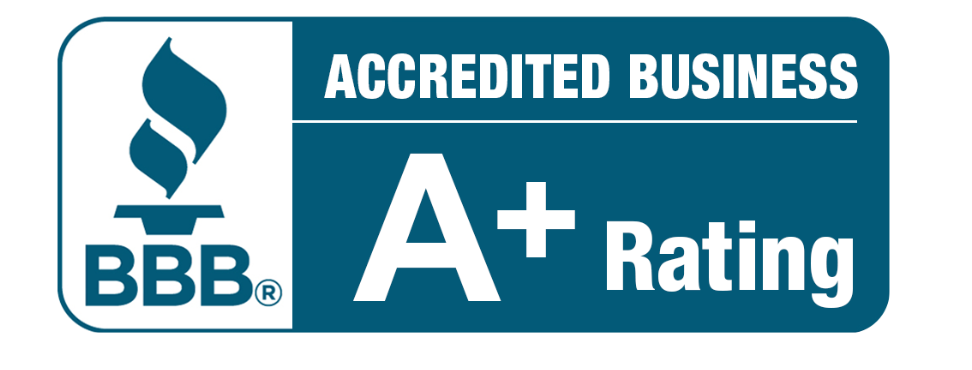Disputing Collections: A Comprehensive Guide
Disputing collections on your credit report under the Fair Credit Reporting Act (FCRA) is crucial. It ensures the accuracy and integrity of your credit history. Collections can significantly impact your credit score, so addressing inaccuracies or errors promptly is vital. Here’s a comprehensive step-by-step guide on how to dispute collections on your credit report under the FCRA.
How to Dispute a Debt Collection
1. Obtain a Copy of Your Credit Report
Before disputing collections, review your credit report to identify the specific accounts in question. Under the FCRA, you are entitled to one free credit report every 12 months from each of the three major credit bureaus (Equifax, Experian, and TransUnion).
Steps to Obtain Your Credit Report:
- Visit AnnualCreditReport.com to request your free credit reports.
- Review each report carefully, paying close attention to the collections section.
This step is fundamental because it helps you pinpoint any discrepancies that need addressing.
2. Verify the Accuracy of the Collection Account
Once you have your credit report, closely examine the collection account details. Determine if there are any inaccuracies or errors, such as:
- Incorrect account numbers.
- Inaccurate balances or dates of delinquency.
- Collection accounts that do not belong to you.
- Accounts that have been paid but still appear as unpaid.
Verification is a critical step to ensure you focus your dispute on valid errors.
3. Gather Supporting Documentation
If you identify an error, gather the necessary documentation to support your dispute. Supporting documents can include:
- Payment receipts or statements showing that the debt was paid or settled.
- Correspondence with the creditor or collection agency.
- Proof that the account does not belong to you, such as identity theft documentation.
Having this information ready will strengthen your dispute and improve your chances of success.
4. Submit a Dispute with the Credit Bureau(s)
Under the FCRA, you have the right to dispute inaccurate information with credit bureaus. Each credit bureau provides multiple options for submitting disputes, including online, by mail, or over the phone.
How to Submit a Dispute:
- Online: Use the online dispute portals of Equifax, Experian, or TransUnion.
- By Mail: Send a detailed letter to the respective bureau, including copies of supporting documents and a highlighted credit report.
Ensure your dispute is clear and concise, focusing on the specific inaccuracies.
5. Dispute the Collection with the Creditor or Collection Agency
In addition to disputing with credit bureaus, you can contact the creditor or collection agency directly. Send them a dispute letter outlining the inaccuracies. Include supporting documentation and request an investigation. Ask them to update the credit bureaus if your dispute is valid.
This step can expedite the process and provide additional avenues for resolution.
6. Wait for the Investigation
Once you submit your dispute, the credit bureaus have 30 days to investigate. During this period, they will contact the creditor or collection agency to verify the disputed information. If the information is found to be inaccurate or unverifiable, the credit bureau must correct or remove it from your report.
Patience is essential during this stage, as investigations take time to ensure accuracy.
7. Review the Results of the Dispute
After the investigation is complete, the credit bureau will notify you of the results in writing. Should your dispute result in a change, you will receive an updated copy of your credit report for free.
When Your Dispute Is Successful:
- The inaccurate collection will be corrected or removed.
- Your credit score may improve, reflecting the changes.
If Your Dispute Is Denied:
- The collection will remain on your credit report.
- You can add a statement of dispute to your report, explaining your perspective.
A clear statement can help anyone reviewing your report understand your side of the story.
8. Escalate the Dispute if Necessary
If you’re unsatisfied with the dispute results, you have additional options.
Options Include:
- File a Complaint: Report your issue to the Consumer Financial Protection Bureau (CFPB). The CFPB oversees credit bureaus and addresses consumer complaints.
- Consider Legal Action: If the collection account is incorrect and unresolved, legal action may be necessary under the FCRA.
Escalating the issue can often lead to a more favorable resolution.
9. Monitor Your Credit Reports Regularly
Even after resolving disputes, regularly monitor your credit reports to ensure errors do not reappear. Ongoing monitoring helps you catch and address new issues promptly. Staying vigilant is crucial for maintaining a healthy credit profile.
Conclusion
Disputing collections under the FCRA is a critical process for safeguarding your financial health. Following the outlined steps ensures your credit report reflects your true financial situation. Remember, the FCRA provides the tools and rights to dispute inaccurate information effectively. By taking action, you protect yourself from the negative effects of incorrect credit reporting.
About Consumer Rights Law Firm, PLLC
Consumer Rights Law Firm, PLLC specializes in assisting clients facing harassment from debt collectors. Since 2010, we’ve provided professional support, earning an A+ rating with the Better Business Bureau.
Contact Us:
Call (877) 700-5790 or visit our website.
Success Stories
“I had the pleasure of working with Consumer Rights Law Firm on two occasions. Their staff was courteous, helpful, and knowledgeable. They stopped the harassment calls, and I was even compensated!”
“I highly recommend Consumer Rights Law Firm to anyone facing harassment. They are professional and straightforward about your rights.”

